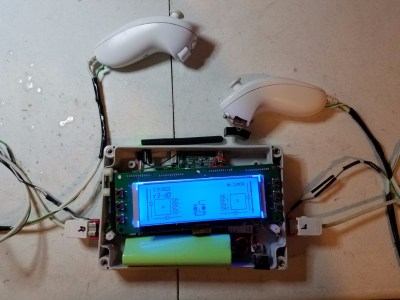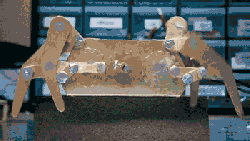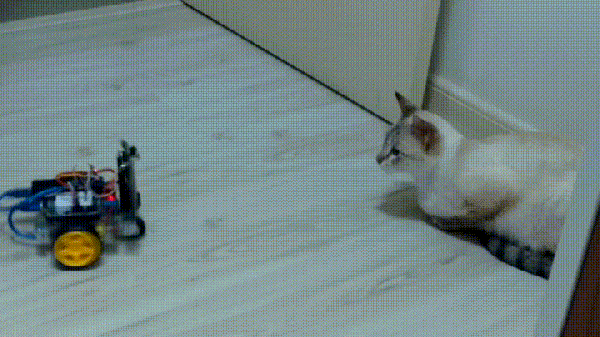A group of embedded developers from Sioux Embedded Systems in Eindhoven, the Netherlands, wanted to get experience working on Microsoft .Net. To make it fun they made it their project to produce a LEGO train with visitors at LEGO World, the official LEGO convention in the Netherlands. The team developed an application in C# to fully automate the train, with Mindstorms NXT and EV3 bricks as well as LEGO Power Functions motors controlling everything.
 The train project carries a simple premise: the visitor chooses one of four colors, and the train goes and picks up a piece of simulated candy with the matching color. Called Sioux.net on Track, the project has produced a new train every year since 2012 with improvement goals in place to add features with every version. Ironically, the least interesting part of the setup is the actual train and track. The team’s creativity comes to the fore in two areas of the project: the method by which the candy color is selected, and the assembly that dispenses the correct color into the train car.
The train project carries a simple premise: the visitor chooses one of four colors, and the train goes and picks up a piece of simulated candy with the matching color. Called Sioux.net on Track, the project has produced a new train every year since 2012 with improvement goals in place to add features with every version. Ironically, the least interesting part of the setup is the actual train and track. The team’s creativity comes to the fore in two areas of the project: the method by which the candy color is selected, and the assembly that dispenses the correct color into the train car.
Team member [Hans Odenthal] has built candy-grabbers for various years’ trains. He learned about the ABB FlexPicker and this year decided to build a delta robot for the layout. It consists of huge girders constructed from 5×9 and 5×11 Technic beam frames held together with more Technic beams and hundreds of connector pegs. The three arms each move on a pair of turntables which are geared down to provide as much torque as possible — the fake candy pieces are light, but the arms themselves weigh a lot. [Hans] ended up revamping the gearboxes to up the ratio from 1:5 to 1:25.
Continue reading “Monster Mindstorms Delta Bot Delicately Picks Candy”
























